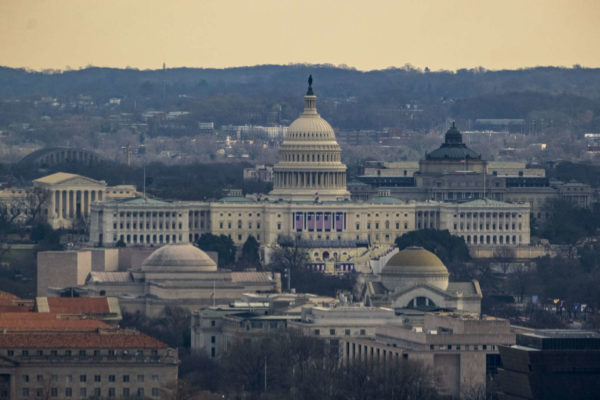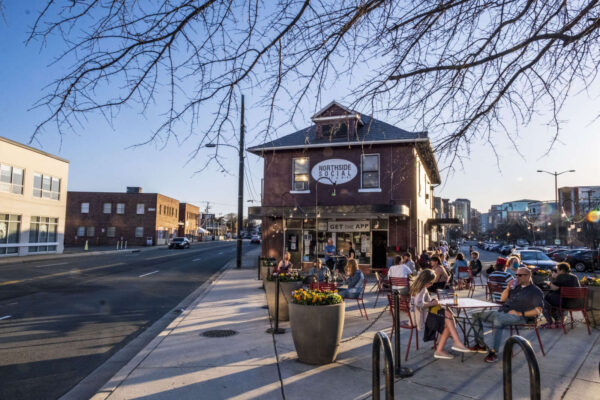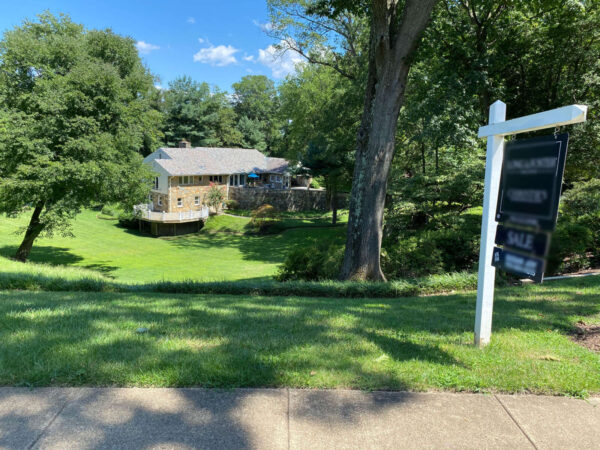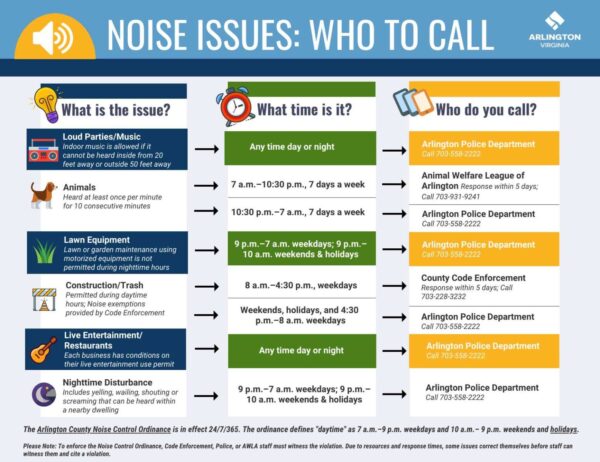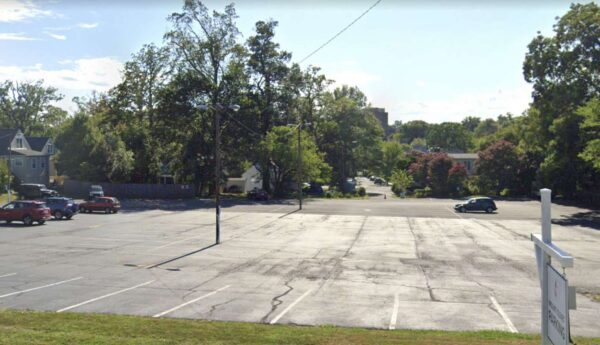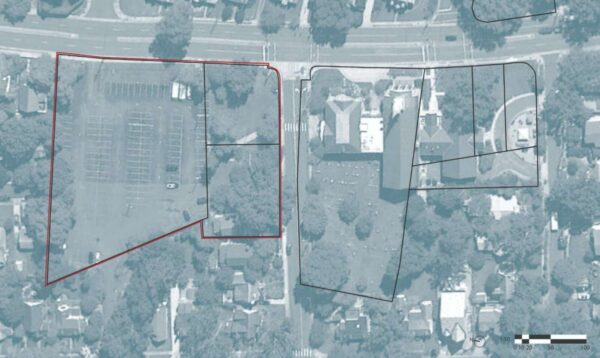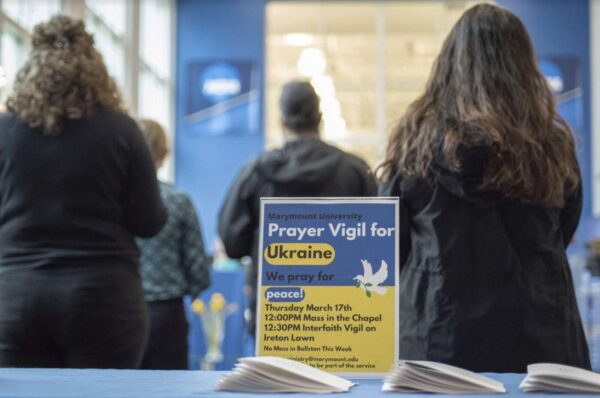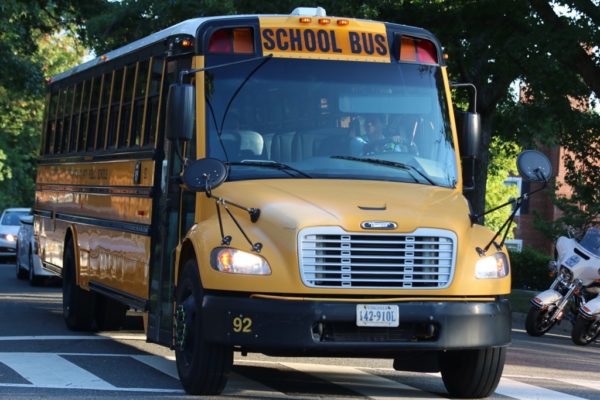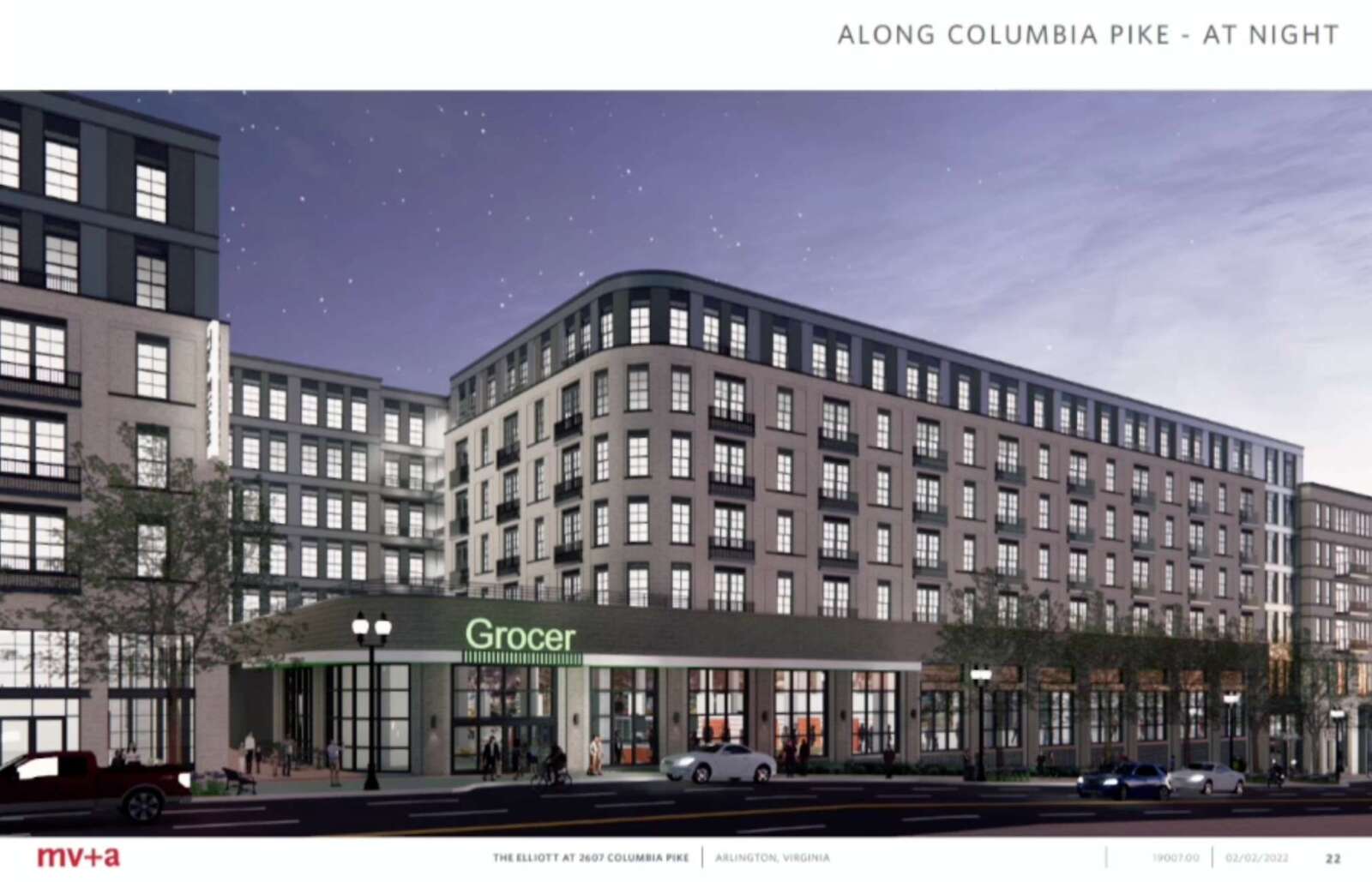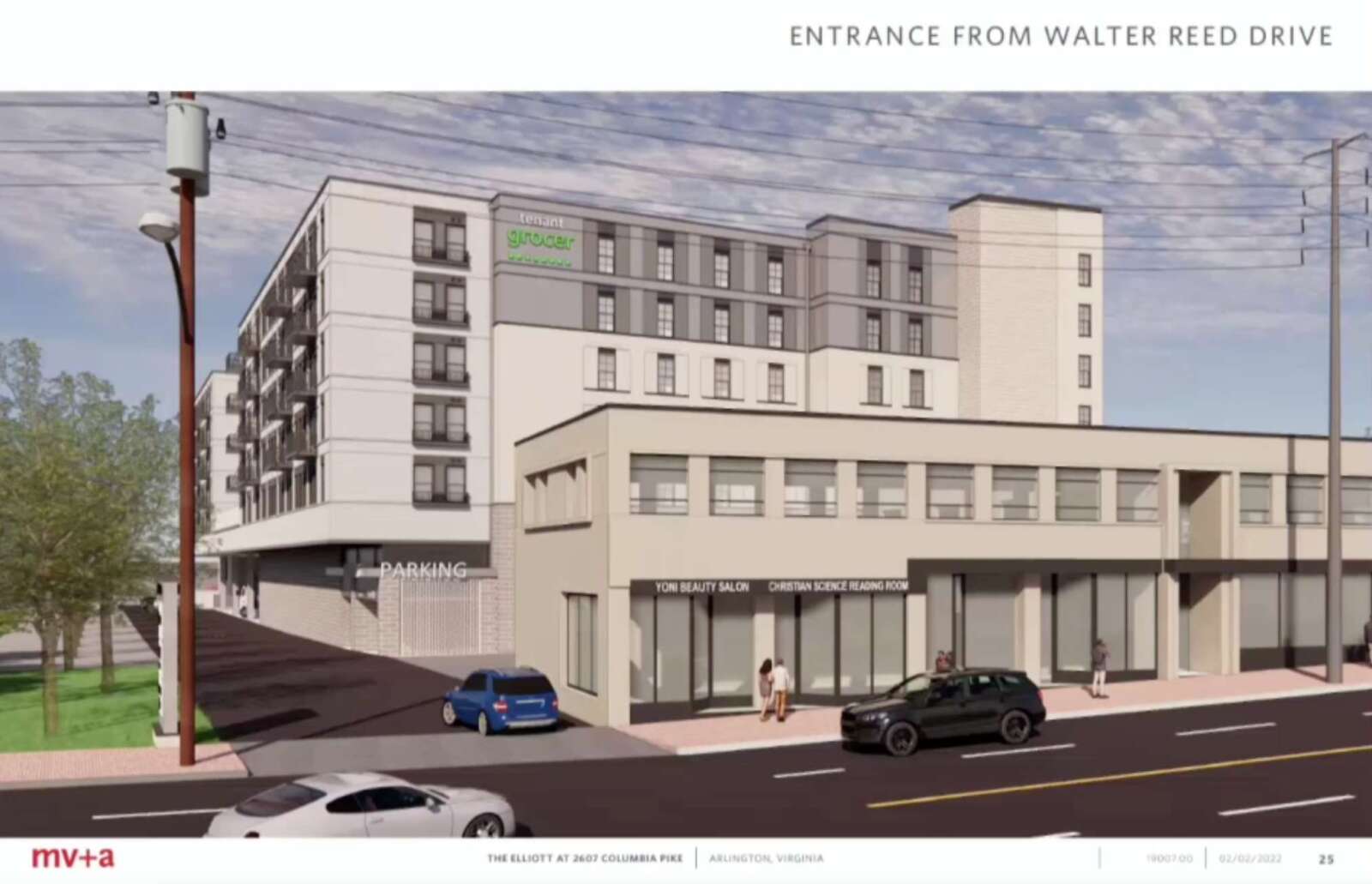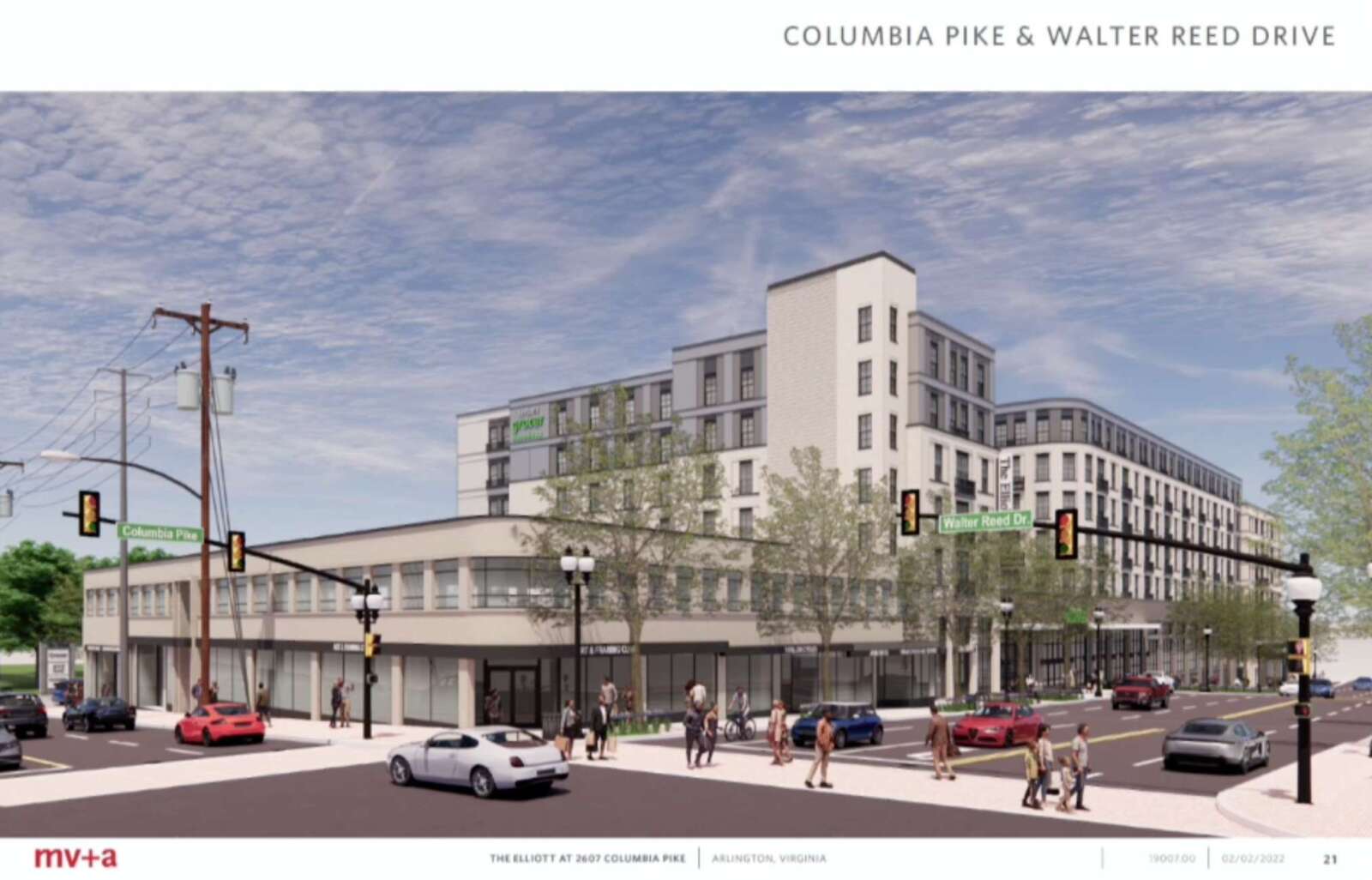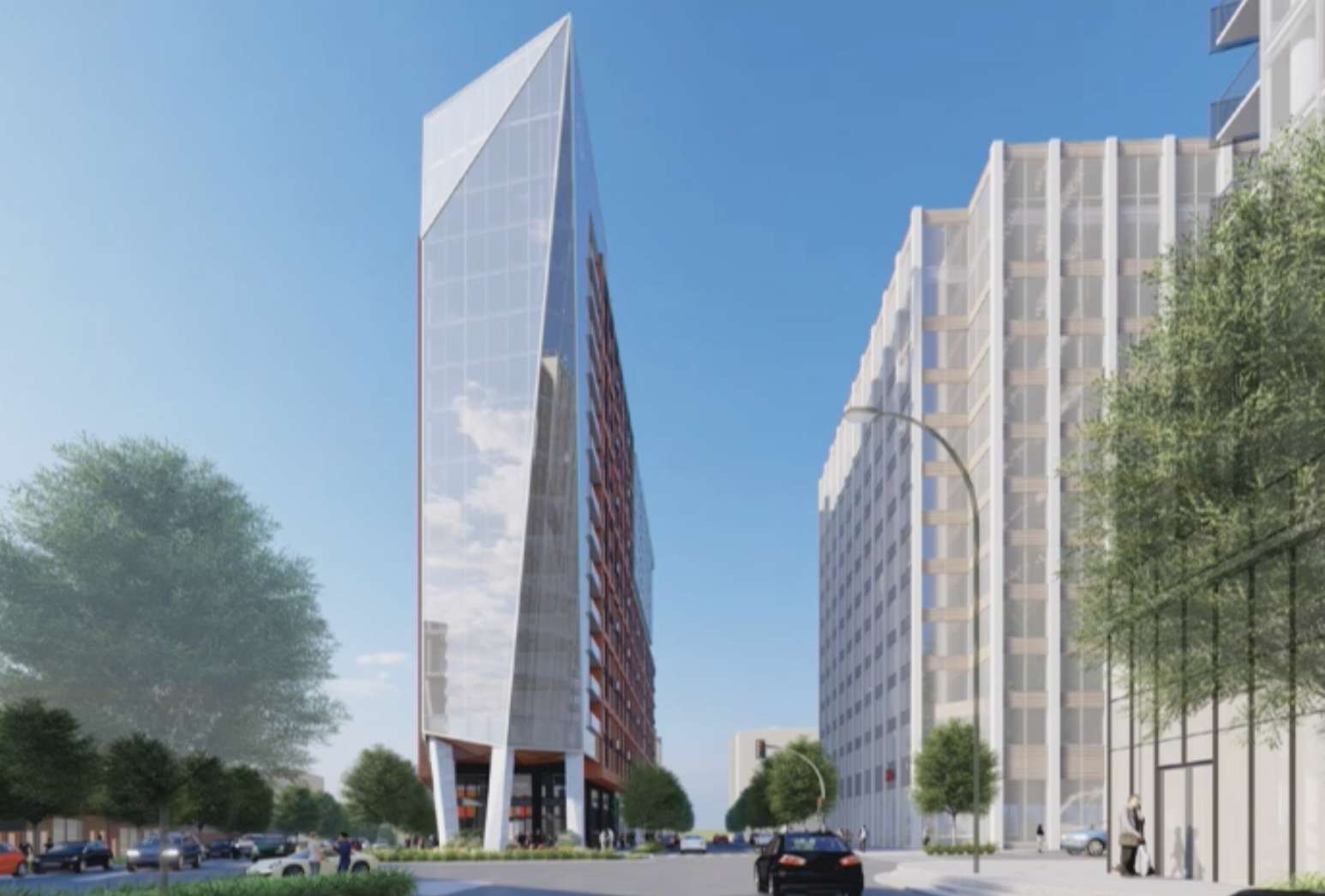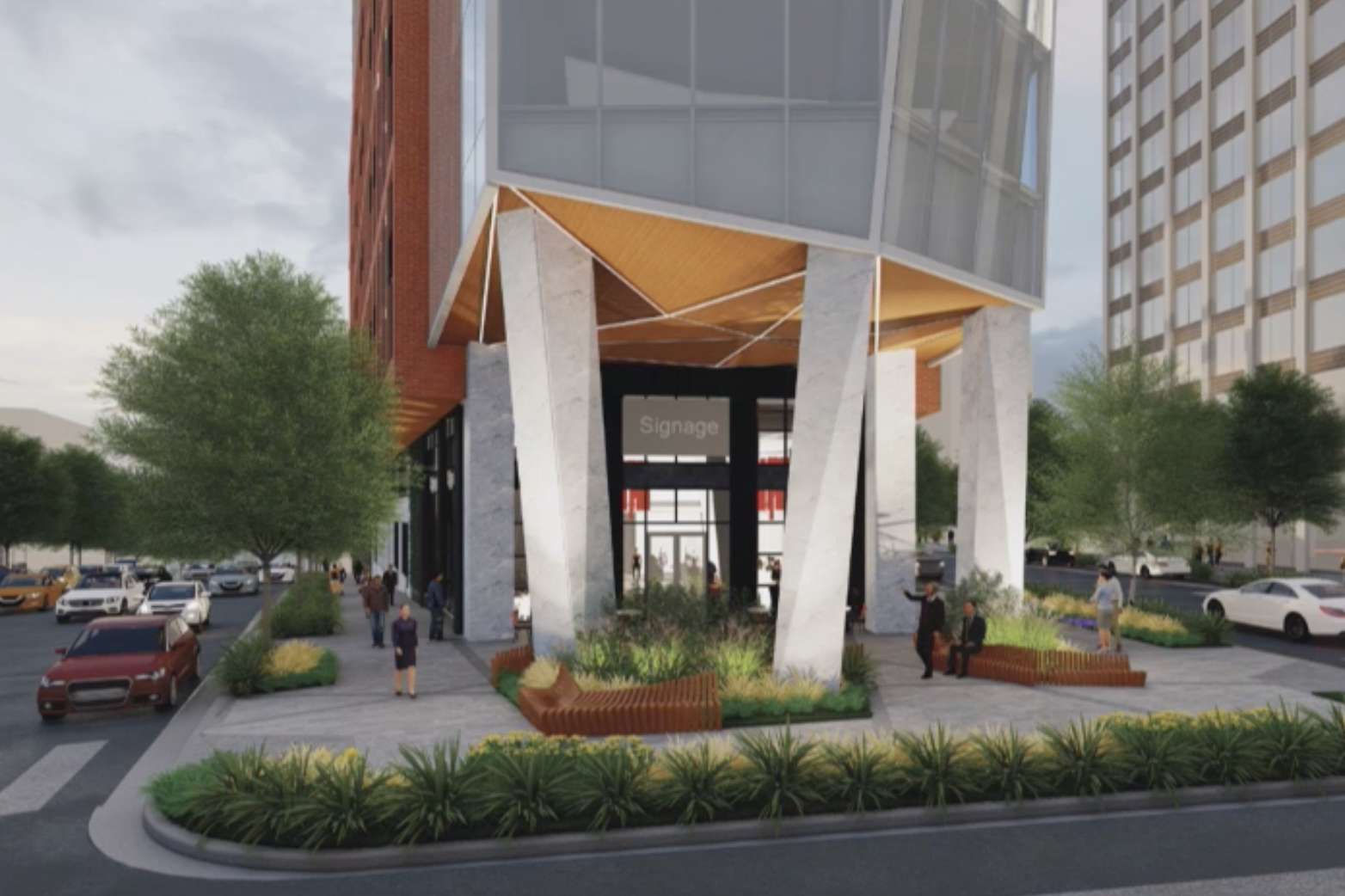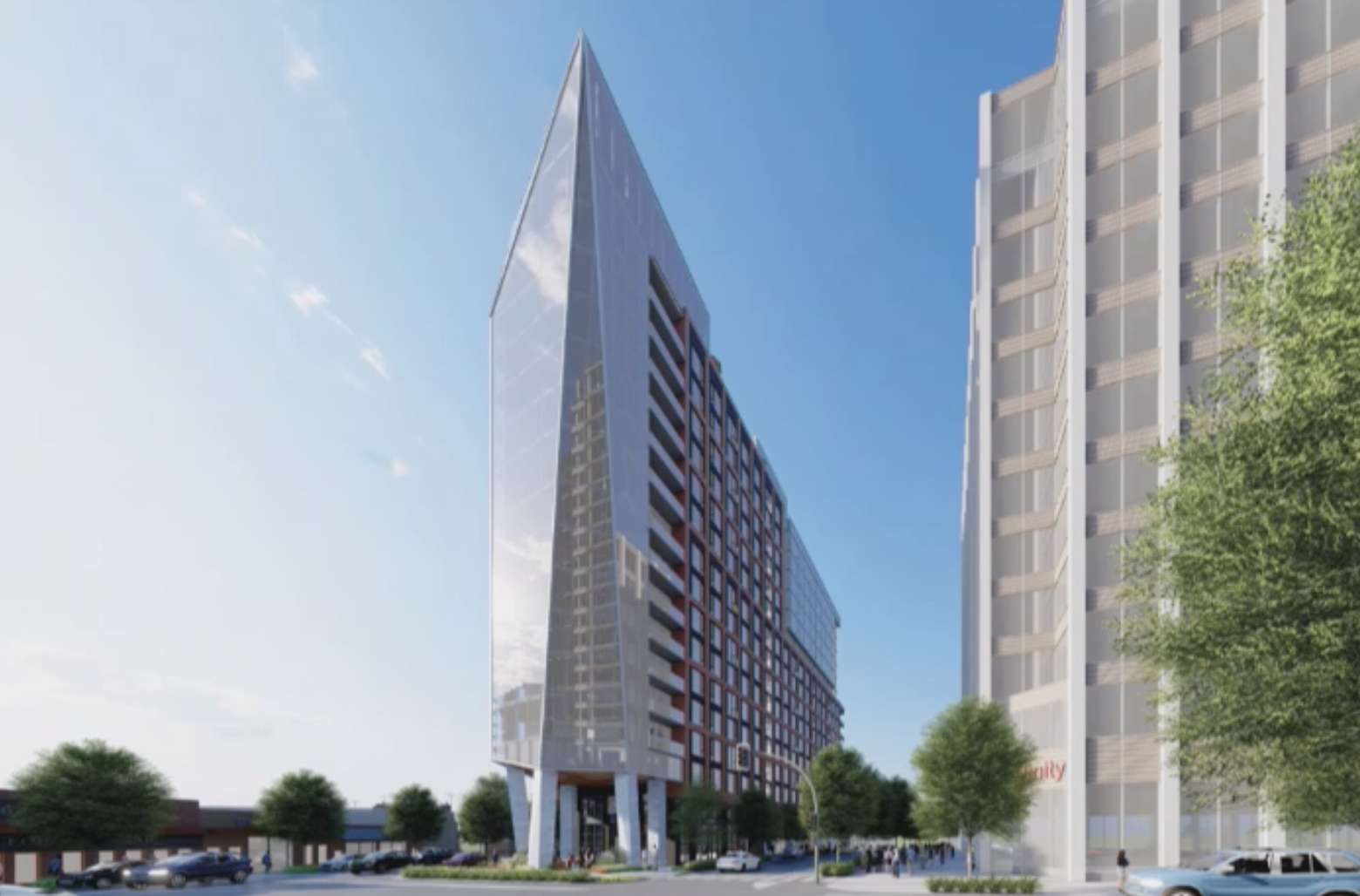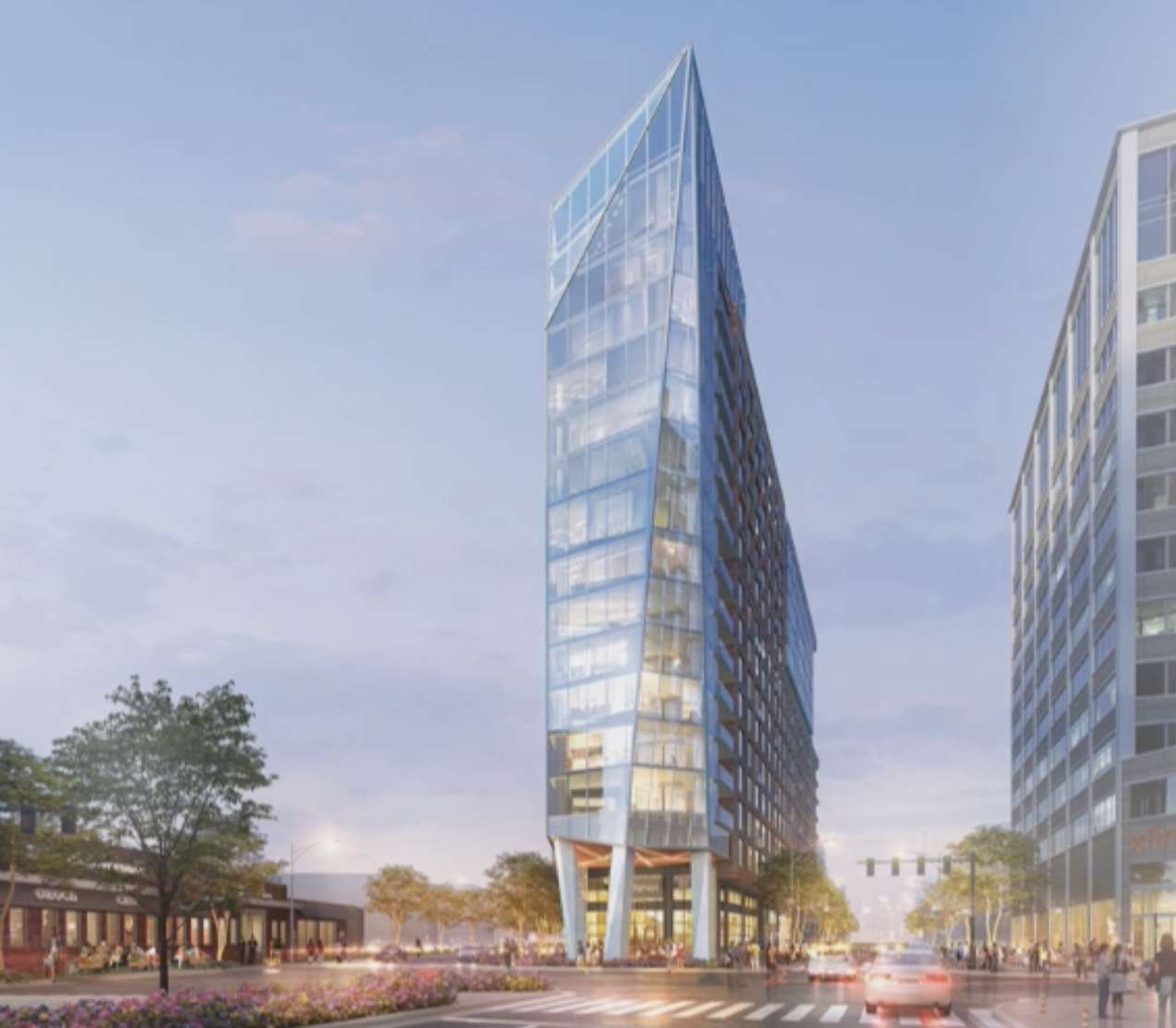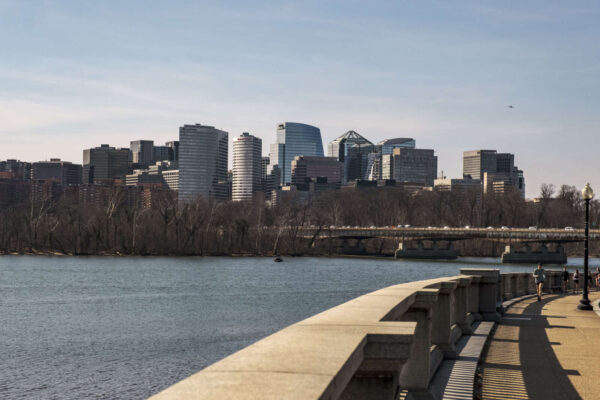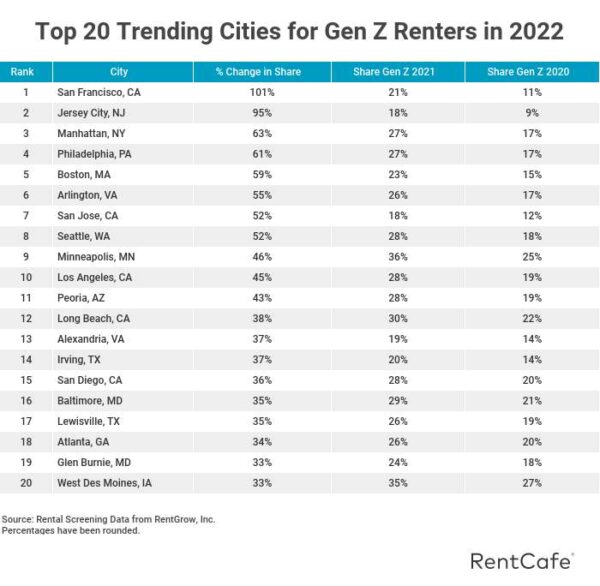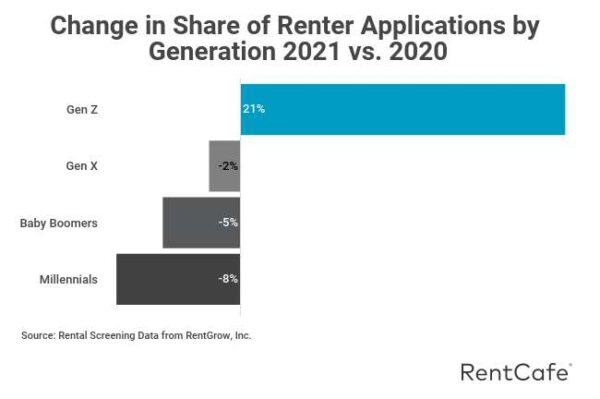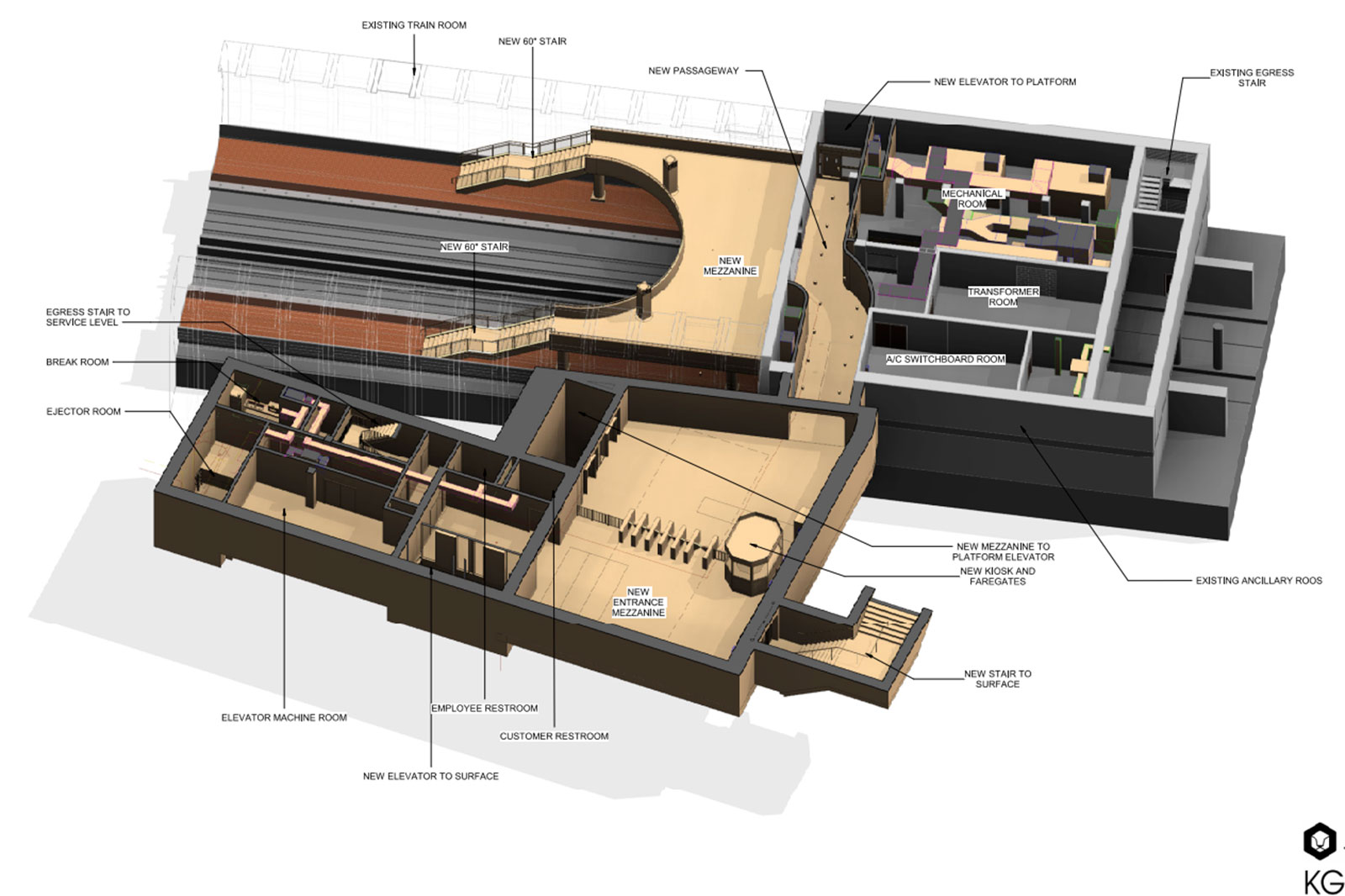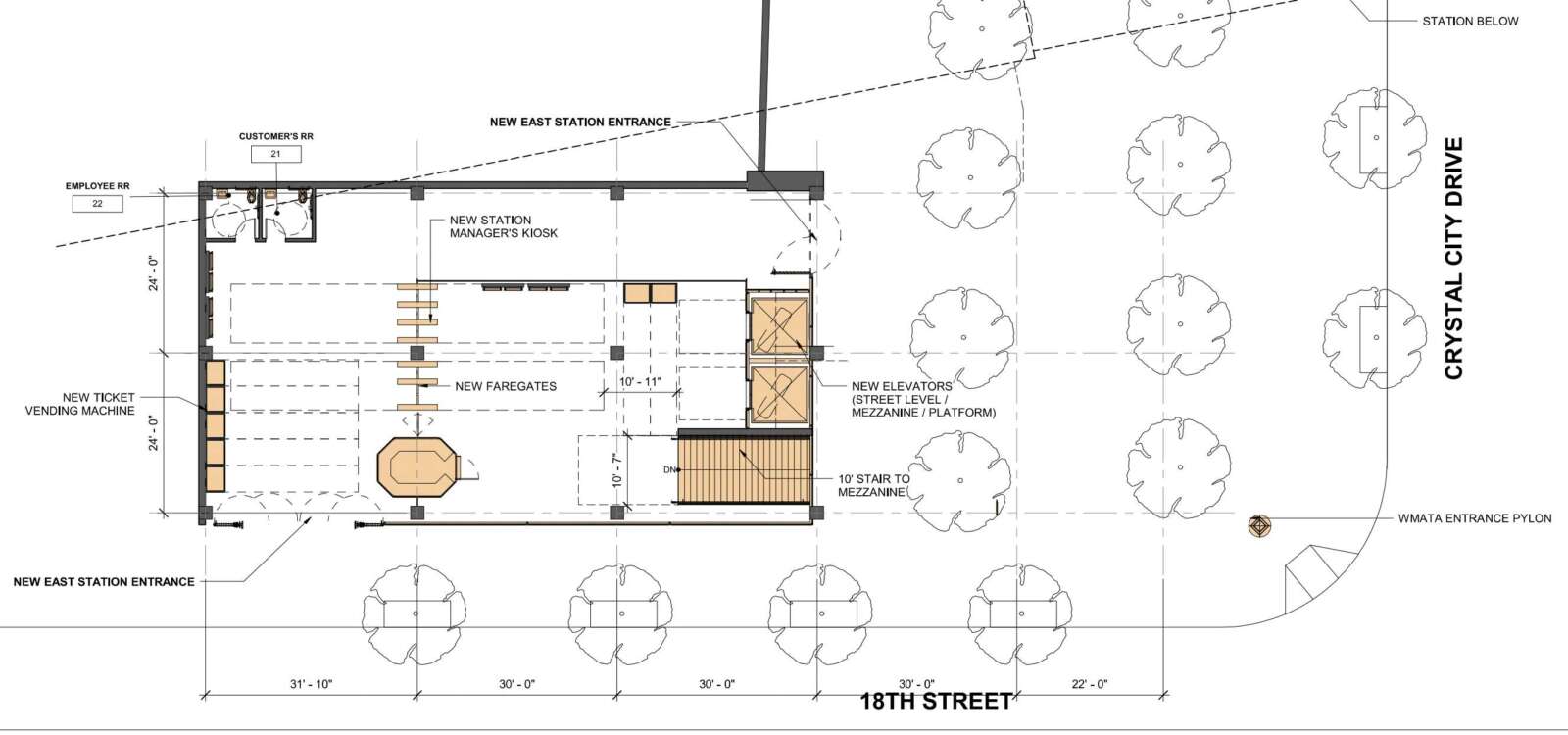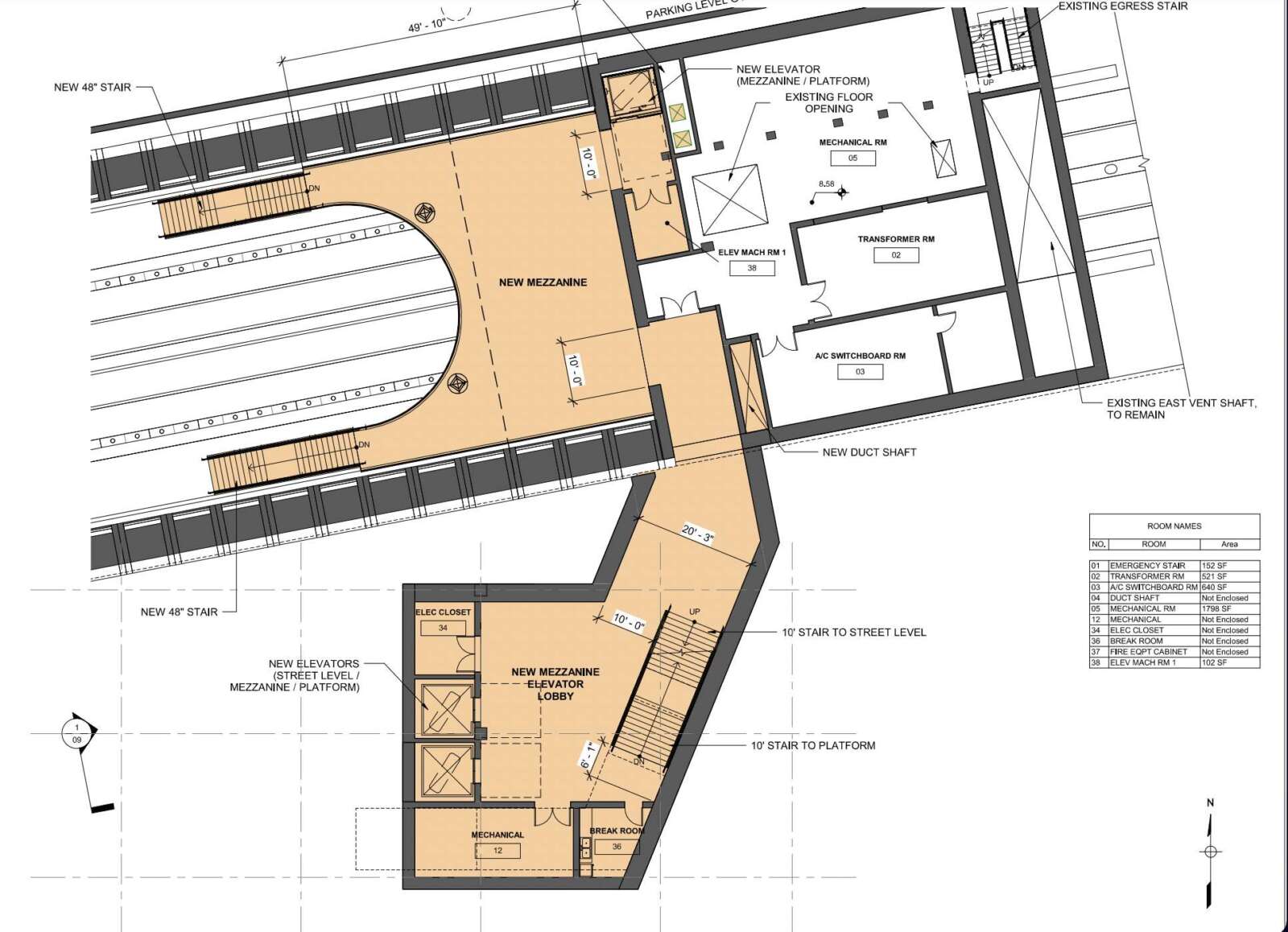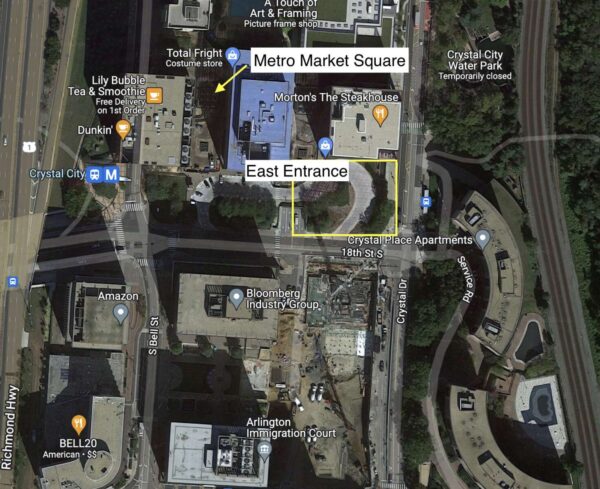
In the next couple of months, Arlington County will launch a campaign encouraging transit use and thanking people who rode Metro and the bus during Covid.
The campaign, aimed at restoring transit ridership rates to pre-pandemic levels, should kick off later this spring or early this summer and will last at least one year, says Department of Environmental Services Director of Transportation Dennis Leach.
“This is an ongoing effort,” he said. “It’s going to take a couple of years to rebuild transit ridership.”
Metrorail use plummeted in March 2020 as large swaths of federal and private employees were directed to work from home. Since then, rail ridership has picked up in fits and starts, most recently recovering by 33% in the fall before the Omicron variant hit. Leach predicts a long recovery for Metro that will depend in large part on federal return-to-work guidelines.
Local bus ridership rates, meanwhile, fell to 50% of pre-Covid rates, as many essential workers continued to take the bus, and had also been recovering quickly before Omicron, he said.
Rates for both modes were ticking up in late February as more people seem to be out and about, as well as commuting to the office, he said. With ridership creeping up and Covid cases remaining low, Arlington County, the Northern Virginia region and the state are all embarking on efforts to further boost public transit use.
Arlington will focus on promoting bus ridership and encouraging Metro trips for accessing entertainment and cultural sites. Targeting Metrorail is paramount, he said, as the lion’s share of Arlington’s pre-pandemic transit riders used Metro, and work-from-home may be around for good.
The county will be seizing on historically high gas prices — fueled by a host of supply issues, most recently the Russian invasion of Ukraine — as a reason to choose public transit.
In Arlington, a gallon of regular gas costs an average of $4.19, up from $2.80 per gallon in 2021 and $3.05 per gallon last month, according to the pump price watch group GasBuddy.
https://twitter.com/GasBuddyGuy/status/1501920976958803969
“Any time gas prices really spike, it’s an opportunity to promote transit as an affordable way to get around,” Leach said. “The ART bus and Metrobus are $2, we offer free transfers from the bus to Metrorail and Metro has introduced a lot of discounts to promote the return to rail.”
Locals can expect to see and hear messages on social media and on Spotify — targeting commuters who listen to music and podcasts — and promotions on buses and in Metro stations.
“Spotify has been helpful in the past for Arlington Transportation Partners to localize where those listeners are and target them where they are,” DES spokeswoman Claudia Pors says. “Hopefully, people are still listening to podcasts on their commute to the living room.”
The local effort is part of a push by the Northern Virginia Transportation Commission to encourage transit ridership. NVTC used a one-time, $500,000 state grant to launch a campaign and asked the jurisdictions in its borders to each contribute to a 20% match, or $100,000.
Arlington is contributing $10,000, which the Arlington County Board approved on Saturday. Other participating localities include Fairfax and Loudoun counties, the cities of Alexandria and Falls Church, and entities such as Virginia Railway Express and OmniRide.
NVTC’s effort and Arlington’s plans dovetail from a statewide transit recovery marketing initiative, for which the Commonwealth has set aside $2 million, and are geared toward an already well-connected region.
“We’re the most transit-centric part of the state — about 70% of state transit ridership is in Northern Virginia,” Leach said. “At the state level, they’re much more focused on commuting. In Arlington, that’s important, but you’re going to see us pivot to transit for lifestyle and using transit to do multiple things.”
Virginians can expect to see the state and region promoting public transit in various news outlets and on social media.
Flickr pool photo by Kevin Wolf
